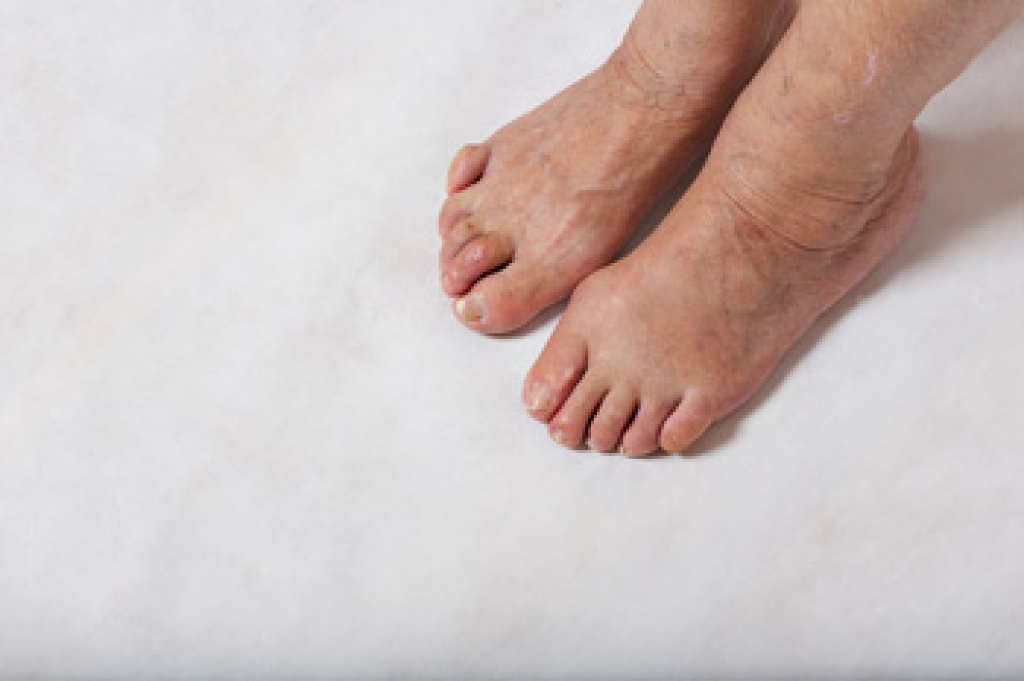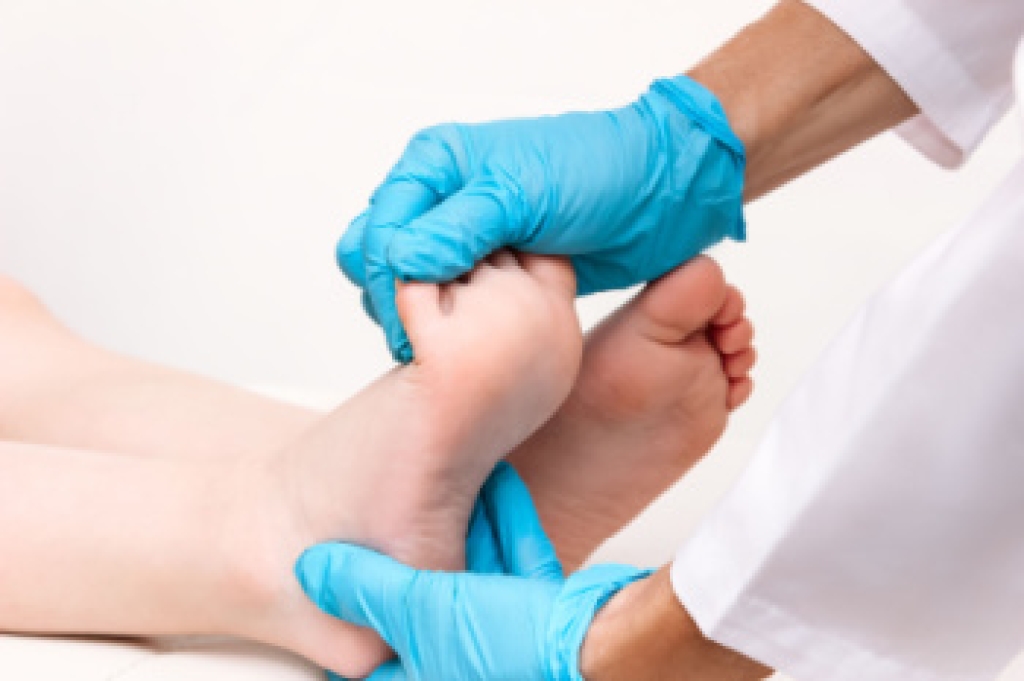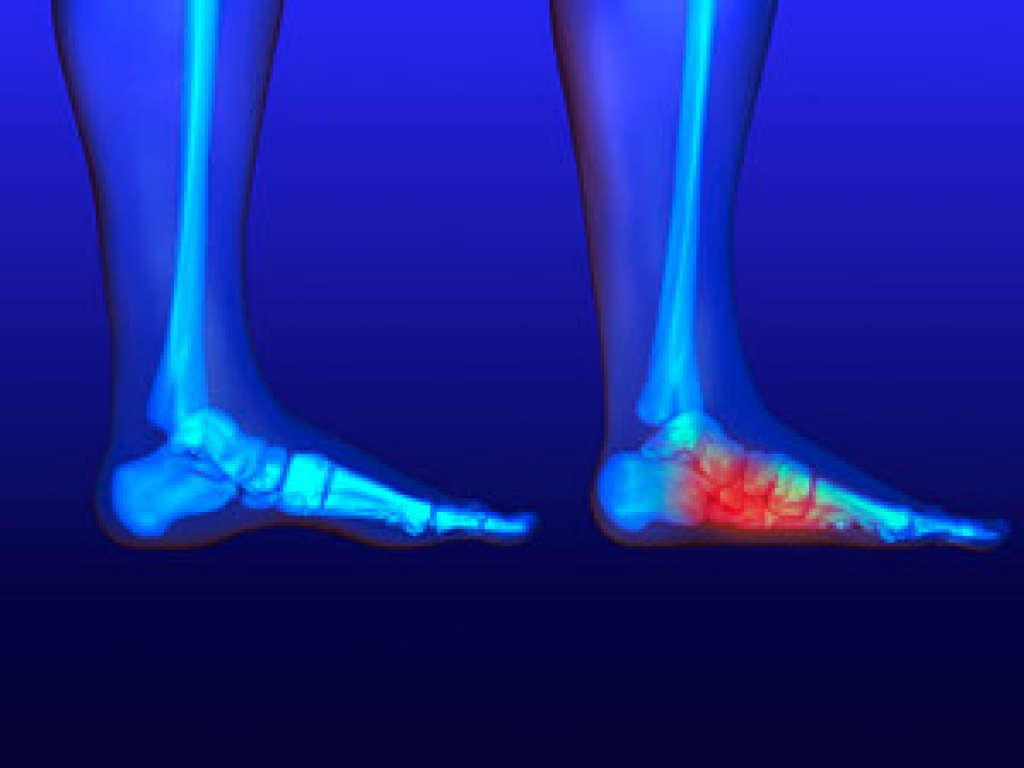
Hammertoe is a deformity that causes one or more toes to bend downward at the middle joint, resembling a hammer. It often affects the second, third, or fourth toe, and is usually caused by muscle imbalances, wearing tight footwear, trauma, or arthritis. Symptoms include pain, stiffness, and corns or calluses on the top of the toe. You may also experience redness, and difficulty wearing shoes. The affected toe may appear raised at the joint and may feel rigid or flexible depending on severity. Over time, the condition can worsen and lead to permanent deformity or open sores. A podiatrist can evaluate the structure of the toe through a physical exam and imaging tests to confirm the diagnosis. Treatment options vary depending on whether the hammertoe is flexible or rigid, and may include shoe modifications, padding, custom orthotics, or surgical correction, in advanced cases. It is suggested that you schedule an appointment with a podiatrist if you experience persistent toe discomfort or deformity.
Hammertoe
Hammertoes can be a painful condition to live with. For more information, contact Peter Siroka, DPM from Connecticut. Our doctor will answer any of your foot- and ankle-related questions.
Hammertoe is a foot deformity that affects the joints of the second, third, fourth, or fifth toes of your feet. It is a painful foot condition in which these toes curl and arch up, which can often lead to pain when wearing footwear.
Symptoms
- Pain in the affected toes
- Development of corns or calluses due to friction
- Inflammation
- Redness
- Contracture of the toes
Causes
Genetics – People who are genetically predisposed to hammertoe are often more susceptible
Arthritis – Because arthritis affects the joints in your toes, further deformities stemming from arthritis can occur
Trauma – Direct trauma to the toes could potentially lead to hammertoe
Ill-fitting shoes – Undue pressure on the front of the toes from ill-fitting shoes can potentially lead to the development of hammertoe
Treatment
Orthotics – Custom made inserts can be used to help relieve pressure placed on the toes and therefore relieve some of the pain associated with it
Medications – Oral medications such as anti-inflammatories or NSAIDs could be used to treat the pain and inflammation hammertoes causes. Injections of corticosteroids are also sometimes used
Surgery – In more severe cases where the hammertoes have become more rigid, foot surgery is a potential option
If you have any questions, please feel free to contact our office located in Stamford, CT . We offer the newest diagnostic and treatment technologies for all your foot care needs.




